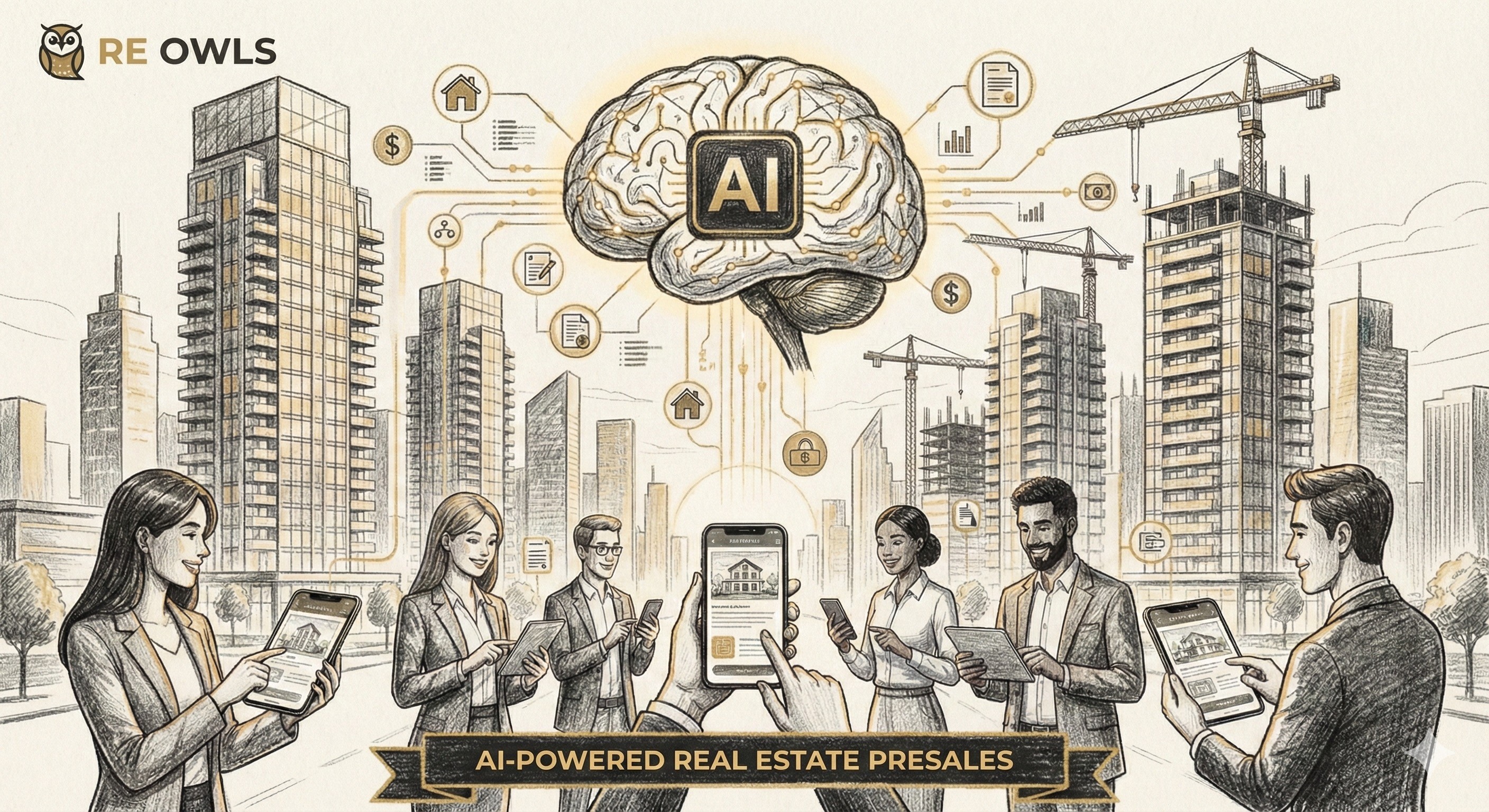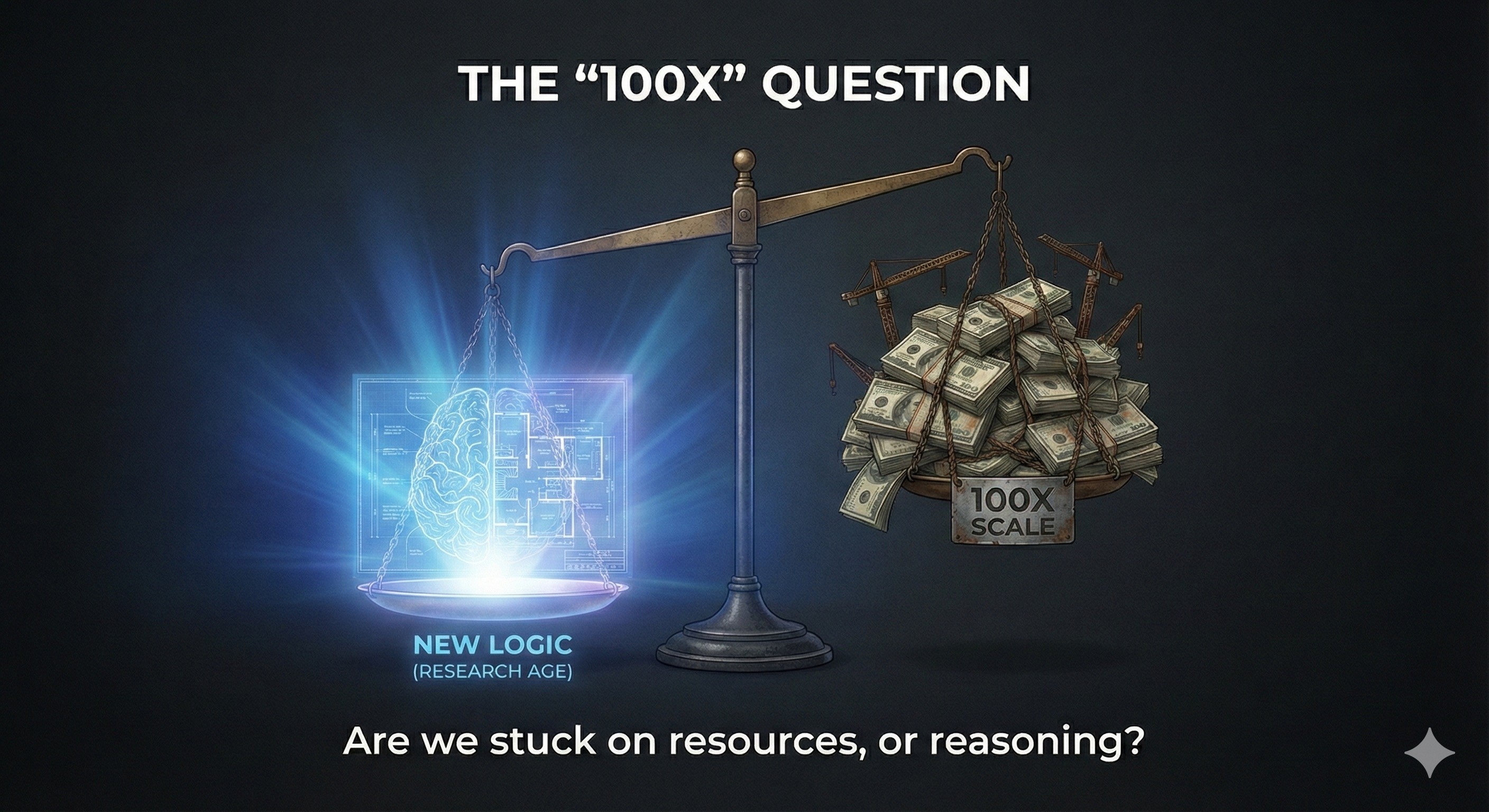A Simplified Journey Through AI
The realm of Artificial Intelligence (AI) is vast and can often seem intimidating. Yet, at its core, AI is about mimicking human intelligence to solve problems. Think of it as a tree with many branches, each representing a different area of study. Here's how to understand its main branches in a simpler, more insightful way.
Artificial Intelligence: The Broad Picture
Imagine AI as an umbrella. Just as physics encompasses various phenomena, AI covers numerous technologies aiming to replicate human intelligence. It's the canopy that shelters everything else.
Machine Learning: The First Branch
Beneath this umbrella is Machine Learning (ML), akin to a branch extending from the main trunk. If AI is the quest to emulate human intellect, ML is the method by which machines learn from data. It's not about programming explicit instructions but about enabling machines to learn and adapt through experience.
Supervised Learning: Like teaching a child with flashcards. You know the answers (labels) and guide the learning process.
Unsupervised Learning: More like observing birds and categorizing them based on patterns without knowing their species beforehand.
Deep Learning: Diving Deeper
Deep Learning is a narrower branch still, where the learning involves layers of processing, much like deeper layers of understanding. Here, artificial neural networks, inspired by our brain's architecture, allow machines to recognize patterns in a more nuanced way.
Application: Banks use it for spotting unusual transactions—a few labeled examples help the system learn to flag potential fraud in vast pools of data.
Generative AI: The Creative Twist
Generative AI stands out for its ability to create new content. Unlike its counterpart, which classifies data (is this a cat or a dog?), Generative AI uses its learned patterns to produce something entirely new, be it text, images, or music.
Insight: It's the difference between recognizing a painting as a Monet and using Monet's style to create a new, original piece of art.
Large Language Models: The Specialists
Finally, Large Language Models (LLMs) are akin to having a generalist doctor who then specializes. Initially trained on vast data, they can be fine-tuned to excel in specific fields like law, medicine, or customer service, providing tailored assistance.
Industry Impact: Hospitals can customize these models with their data, enhancing patient care without starting from scratch.
In Essence
AI is a journey from broad understanding to specialized application. At each step—Machine Learning, Deep Learning, Generative AI, and LLMs—we see a progression towards more sophisticated, nuanced technologies. These advancements are not just about machines performing tasks but about them learning, creating, and adapting in ways that were once uniquely human.




